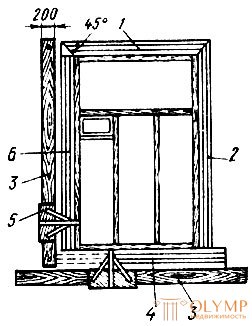
Rectilinear thrust . When drawing out the platbands (fig. 69), a lot of time is spent on cutting corners. To speed up this operation and increase labor productivity, the upper part of the casing 1 is pulled out somewhat longer than is required to cut off the thrust at an angle of 45 ° and cut the angle not from two sides, but from only one. The lower parts of the side frames 2 and 6 must be tightened until complete connection with the window sill 4.

Fig. 69. Pulling the platbands: 1, 2, 6 - parts of the platband, 3 - the rule, 4 - window sill, 5 - template
When pulling out the sill thrust, it is advisable to do the top excuse on the profile board as much as possible and not by two, but only by one broad lower rule 3, which gives stability to the pattern 5.
In baths, laundries, on staircases, in the halls of apartment buildings, cement skirting boards are sometimes arranged. Patterns pull them uncomfortable and long. It is best to make a profile trowel and rub the baseboard with them according to the rule. It is even easier to cast plinth. To do this, at some distance from the wall, a wooden plinth is installed - a form with a reverse profile and a thick solution is poured into the gap. The next day the wooden plinth is removed. To make it easier to move away from the solution, it is slightly lubricated with lube or other lubricant before installation. After removing the formwork plinth correct.
The plinth can also be installed from prefabricated concrete parts.
The stretching of the belts between the pilasters (Fig. 70) is accompanied by the cutting of a large number of corners. To improve productivity, make patterns, in which the profile boards are attached at the ends of the sled. This makes it possible to reach the ends of the pilasters up to the pilasters. After stretching, only a small stripping is required.

Fig. 70. Stretching the belts between the pilasters: 1 - rules, 2 - patterns
Pulling in caissons is a laborious process. Caissons are architectural decorations for ceilings, which are hollows between the intersection of beams. Caissons are made of concrete, wood, and sometimes on a metal grid. Caissons can be square, rectangular and other shapes. From the complexity of the shape of the caisson depends on the complexity of the pull in them. It is mainly due to the necessity of hanging a set of rules and cutting a significant number of angles. Pulling traction on the site is advisable only in large caissons with a square or rectangular shape. For smaller caissons, it is more profitable to carry out prefabricated elements of prefabricated elements. Small caissons, polygonal and more complex shapes are easier to cast in forms and ready to be put in place.
Traction in caissons pull in the usual way. Before stretching, all surfaces over which the thrusts do not pass must be plastered; all protrusions, beams, ribs forming the caisson, are fixed along the axes along and across. The rules must be hung exactly along the axis of the beams (if the thrust on the beams is pulled in two steps) and in the same plane; horizontal check their level. Only under these conditions, caissons will have parallel thrust and the same size.
You can hang rules for pulling the caissons in different ways. When the caissons are few, the rules are hung in any way. With a large number of caissons, the rules should be strengthened with rake holders. Reykoderzhatel can be made of water pipes and several bolts. Two bolts are installed to hold the rake holder on the beam, three to secure the lower rule, and two to clamp the upper rules.
Consider some of the techniques for pulling on beams that form ceilings with rectangular caissons.
When pulling on the bottom of the caissons on both sides form excuses that serve as beacons when plastering the bottoms.
The lower rule is made of 50 x 200 mm planks and hung exactly along the axis of the beams, so that when the other side is pulled out, the rules do not need to be outweighed. The distance from the rule to the bottom surface of the beam depends on the rigging of the template. When stretching, the template struts do not allow it to reach the corner itself, so the corners remain unstretched and they need to be cut manually or using an angular template.
The second method (Fig. 71, b). The template for drawing out the corner to the very corner is made in the usual way, only the lower part of the profile board is made longer - up to 500 mm. This is necessary so that the profile board can be attached to the sled with struts, the length of which should be at the level of the lower flange of the beam or slightly lower. Thus, the template pull traction in the caissons to the corner. The angles in this case will require only a minor tinkering.

Fig. 71. Three ways (a-in) of stretching in caissons: 1 - rules, 2 - polozok, 3 - sled, 4 - under-drawn places, 5 - additional strut, 6 - profile board
Curved traction . Curvilinear thrusts — circles, arches, ovals — are drawn out using templates or made in workshops and then installed in place.
Equipping a template for pulling curvilinear loads is easier than a template for rectilinear ones. The profile board for the template is made in the usual way, and the tooling is done like this. To one end of the profile board 2 (fig. 72), cut a strip - sled 1, nail it, slightly mow its ends so that they slide without cutting off the ground. The length of the sled, depending on the magnitude of the radius of curvature of thrust 100-400 mm. The sled is nailed to the profile board 2 at such a level that it is possible to provide a predetermined thrust thickness. At the other end of the template nail radius 3 (a piece of the rule) with a hole at the end. Its length depends on the size of the radius.
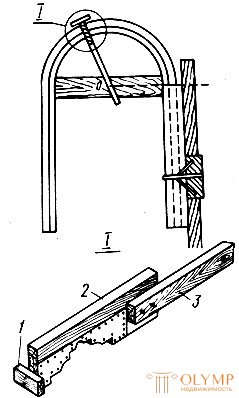
Fig. 72. Pulling on the semicircular arches: 1 - slide, 2 - profile board, 3 - radius rail
Arches are semi-circular, archery, lancet, box. A series of identical openings, covered with arches, is called an arcade. The complexity of the execution of the arch depends on the complexity of the form of the arch. The form of thrust is determined, in particular, by the number of points, or centers, from which it is necessary to draw it out. The methods for cutting corners and stripping seams are the same in all cases. Points for stretching should be fixed accurately to avoid distortion of the shape of the arches.
Semicircular arches (see. Fig. 72) pull out of one center. The width of the arch is divided in half and thus the radius of the circle is found. From the top of the thrust measure the distance equal to the radius. At the level of this distance, the board is installed, reinforcing it between the walls of the arch. Strongly wedging the board, they find the center 0 of the arch to be pulled out on it. A radius rail is nailed to the template, reinforced on the board and extending the arch. The straight parts of the arch are pulled out in the usual way, starting from the bottom to the cut ends of the curvilinear part of the arch (usually the ends are cut off against the center).
The bow arches (Fig. 73a ) also pull out from one center, which is found by selection. The steeper the arc of the arch, the smaller the radius, and vice versa. Having picked up the center, between the walls of the arch strengthen the board and precisely determine the center O on it. In the center, reinforce the radius rail with a nail or screw. First, the arches are drawn out, and then the straight parts of it.
Korobovy arches (fig. 73, b) are three-center arches. Pulling on the arches of this type is complicated by the fact that for each arc you need to find your center. The position of the centers must be determined very precisely, otherwise the thrust will not converge.
The centers are preliminarily found by calculation or selection, then between the walls of the arch they strengthen the boards, on which the position of the centers is precisely determined. A radius rail is nailed to the template, strengthened in the center and draws arcs. First, draw the middle large arc of the AB from the point O1, then the arcs AB and BG from the points O2 and O3. Following the arc pull the lower straight thrust.
Lancet simple arches (Fig. 73, c) pull out of two centers. Depending on the rise of the arch, the centers may be located at different levels, as well as closer or farther from the middle of the arch.

Fig. 73. Stretching arches: a - luchkovoy, b - boxed, in - lancet
At the center level, the board is reinforced, on which the location of the centers is determined, and traction is performed.
Sockets are round, elliptical, multifaceted, with straight and curved faces.
A socket with straight edges is pulled out like this (Fig. 74). First, a circle is drawn on the surface and divided into the required number of parts. Through the center and the points of a circle draw lines - axes - and build a regular polyhedron. Then, using the center, the radius and the divisions applied to the circle, they hang up the rules and draw out straight-line thrusts with a pattern, followed by cutting the corners.
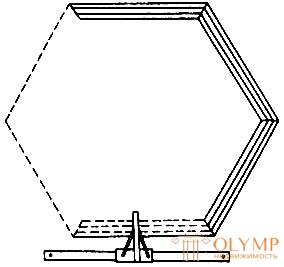
Fig. 74. Pulling out sockets with straight faces.
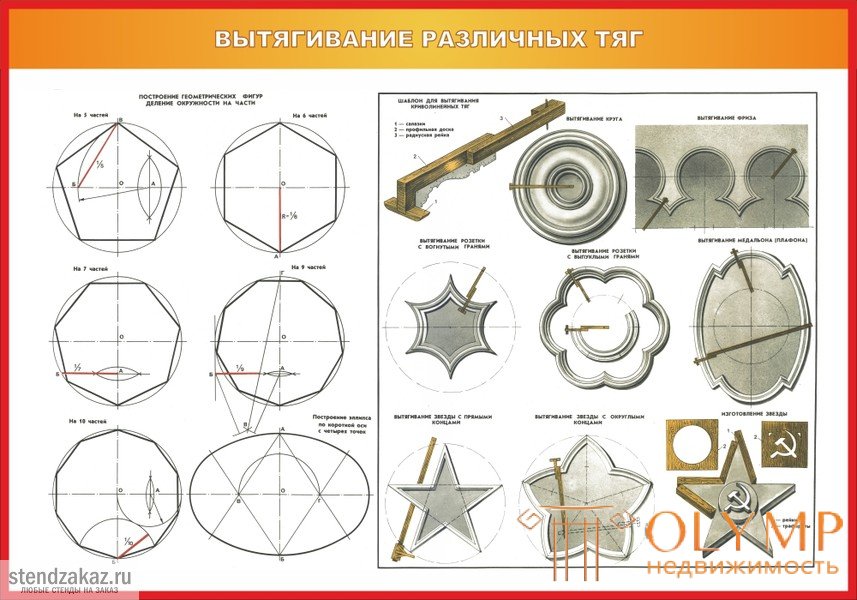
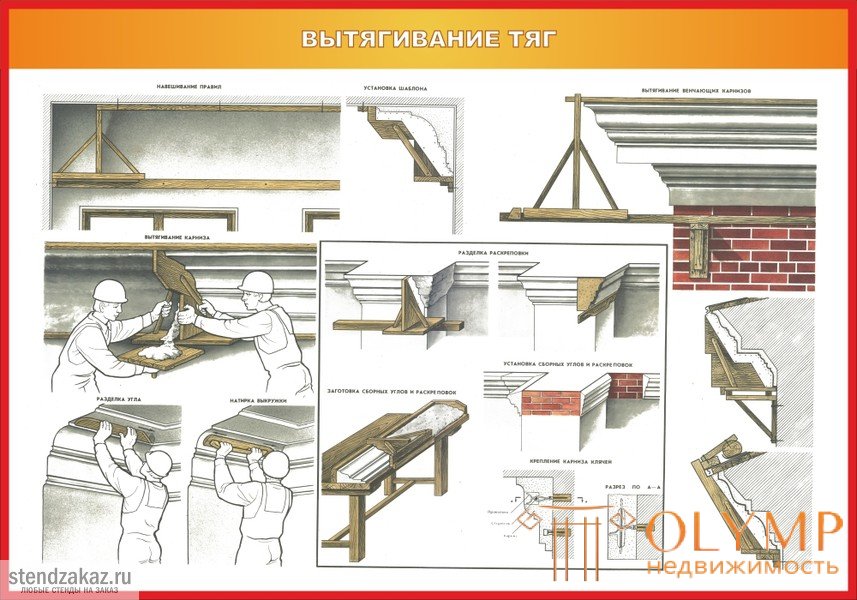
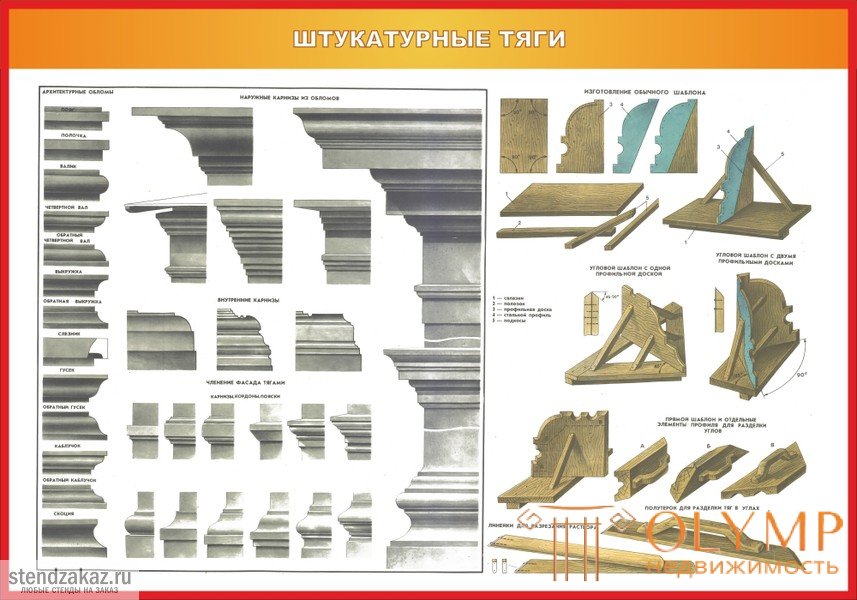
Что бы оставить комментарий войдите
Комментарии (0)